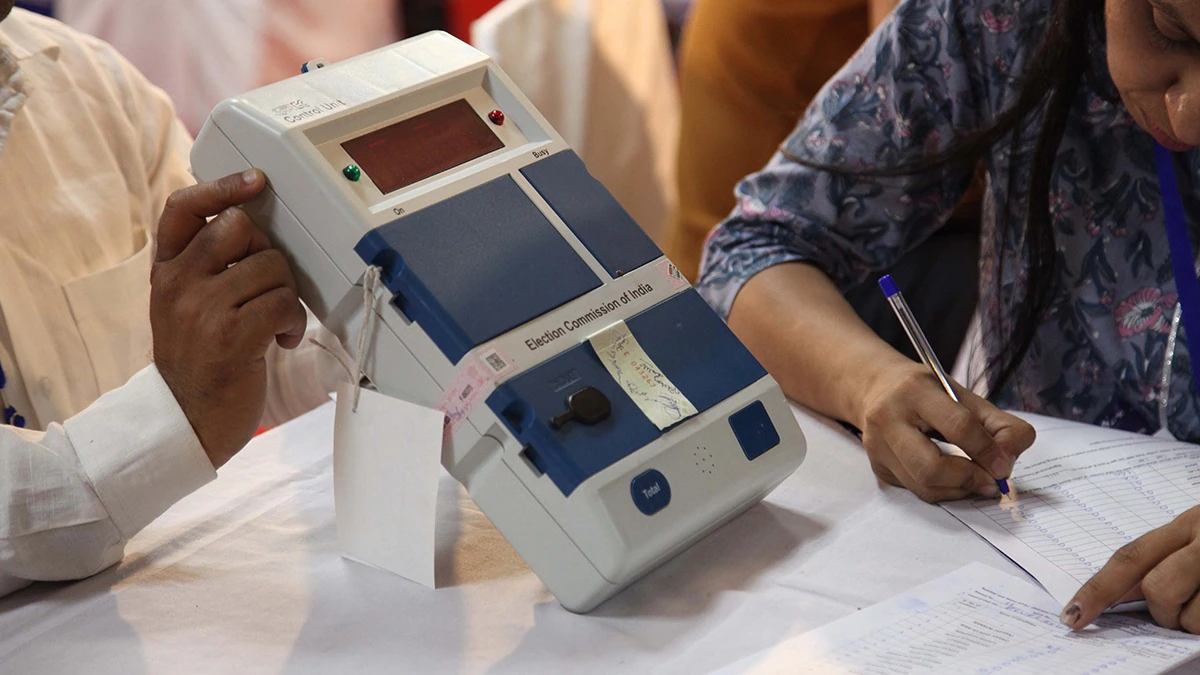The Election Commission of India (ECI) has rolled out a revised Standard Operating Procedure (SOP) aimed at enhancing the EVM verification process. This significant update comes in response to a landmark Supreme Court ruling, which grants not only the winning candidate but also those placed second and third the right to request EVM verification.
The move is a step toward increasing transparency, accountability, and reinforcing public trust in India’s electoral system. By allowing broader participation in the verification process, the ECI aims to ensure that electronic voting machines remain a credible pillar of the democratic process.
What Prompted the Change?
The Supreme Court’s verdict on May 7, 2025, was a turning point. While the Court upheld the legitimacy of EVMs, it also recognized the need for additional safeguards. The decision came after appeals by civil society groups, notably the Association for Democratic Reforms (ADR), urging for enhanced scrutiny mechanisms.
Key Provisions in the New SOP
- Candidate-Initiated Checks: Under the new rules, candidates who finished second or third in an election can now request verification of up to 5% of the total EVMs used.
- Mock Poll Protocol: Each selected EVM will undergo a mock poll with up to 1,400 votes. If the EVM results align with the Voter Verified Paper Audit Trail (VVPAT) slips, the machine is considered successfully verified.
Updated EVM Verification Process
- Technical Oversight: Verification will continue to be carried out by engineers from the EVM manufacturing firms, and in the presence of candidates or their authorized representatives.
- Self-Diagnosis First: A self-check diagnostic test of each EVM is mandatory before the mock poll proceeds, ensuring the machine’s internal integrity.
Cost Structure for Candidates
The revised SOP introduces a tiered payment model:
- ₹23,600 for the basic self-diagnostic test.
- ₹47,200 for those who choose to conduct the full mock poll.
This offers candidates financial flexibility while enabling more inclusive access to verification procedures.
Emphasis on Data Security and Record Retention
The ECI now requires that no data, especially from Symbol Loading Units (SLUs), be deleted during verification. Moreover, the duration for retaining all verification records has been extended from one month to three months, reinforcing data accountability.
Mixed Reactions and Continuing Debate
While the changes have been welcomed by some, critics remain cautious. Jagdeep S. Chhokar, co-founder of ADR, criticized the SOP for being insufficient. He argued that powering on the machines alone is not a robust method of verification and does little to bolster confidence.
A Step Toward Electoral Integrity
Despite the criticism, the updated SOP is a significant step in reinforcing the democratic process. By expanding the scope of who can demand verification and improving technical transparency, the ECI is working to ensure that Indian elections remain fair, credible, and trustworthy.



